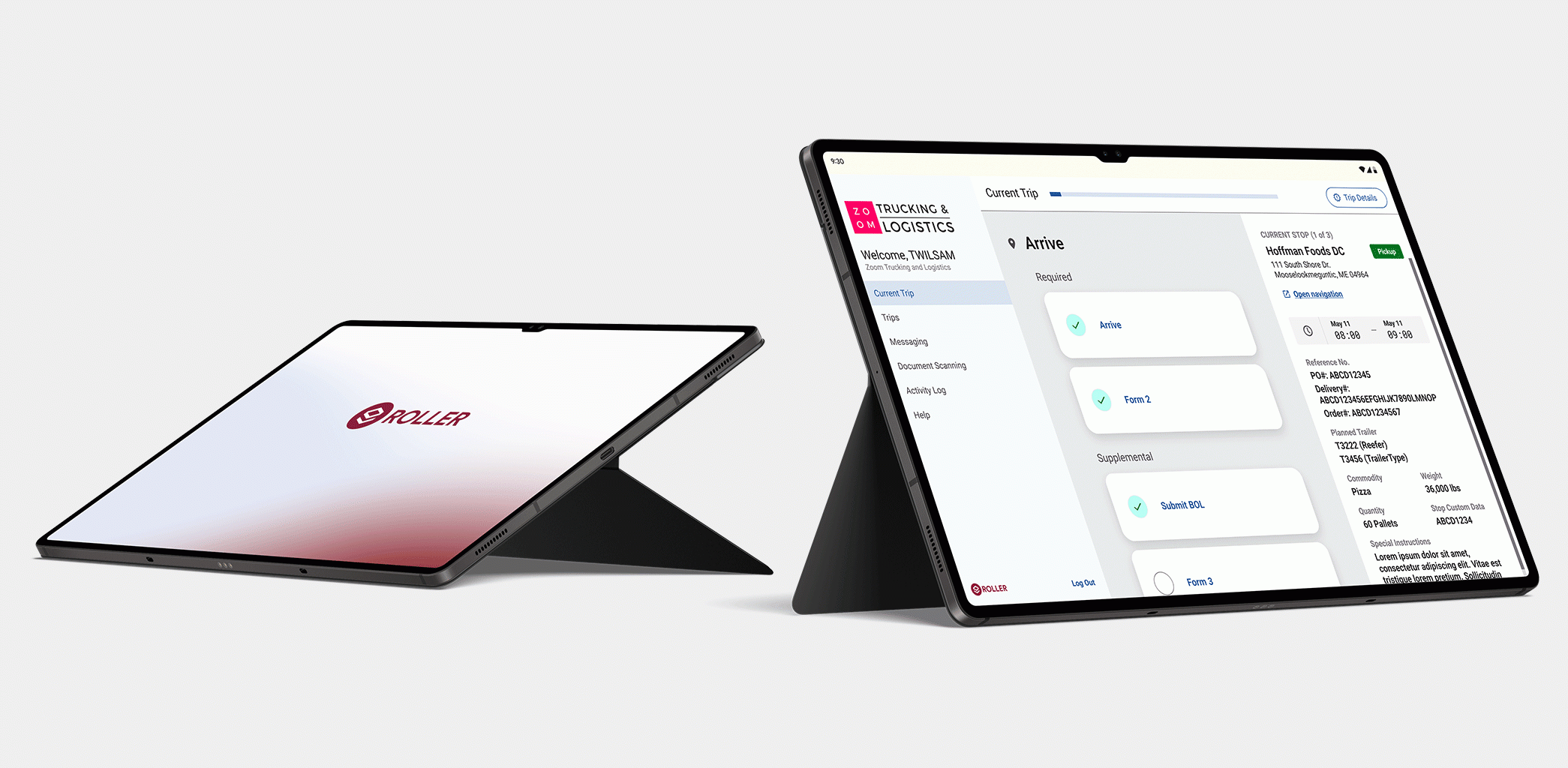How to launch an app in Google Play and the Apple App Store

When you’re thinking about how to launch an app, it can feel a little like a celebration. You’ve built this great thing, and now you get to show it off to users.
Treat your app launch like an afterthought, though, and you might not get any of those users at all.
To get the right people using your app, you need a product page that’s findable and convincing. If you’ve done user research at the start of your project, you already know what people are looking for and what problems your app can solve. Now that you’re ready to launch an app, it’s time to dig through those insights and translate them into a clear message that leads people to your app and gets them to download. Then, you test.
After launching dozens of apps with our partners over the years, we’ve found a few best practices for product page descriptions that drive downloads and purchases. Follow them from the start, and you’ll be on your way to getting the user base you need.
5 tips for how to launch an app successfully
1. To launch an app on Google Play and the Apple App Store, start from the same place
We do a lot of cross-platform apps at Table XI — if you want to reach all your users, you need to be in both marketplaces. There are plenty of little differences between iOS and Android that you have to account for in development, but when you go to create the two product pages, you should keep them as similar as possible.
One, using matching language will make it easier to market at the start. Two, using similar descriptions sets you up to collect better data as you experiment.
Each store has slightly different metrics — they’re different platforms that offer different data. Because of that, you can’t do a one-to-one comparison, you can only measure change. If you decide to, say, test a new app name to boost your search rankings, starting from the same baseline will help you isolate how each store reacts. Over time, the metadata for the two apps will start to diverge as you optimize each version for its marketplace.
2. Show up in the right searches
The same way you want a title in mind before you start writing an article, you want keywords in mind before you start building an app. Picking your keywords forces you to narrow down the purpose of your app to a few searchable words. Keyword research also let’s you get a sense of the competition and how you might stand out. Apple uses other fields for searches as well, such as your title, description and other visible text, so use your keywords for verbiage not included elsewhere.
As you select your keywords, keep in mind what you might want to test next. With each version, you can adjust the keywords and track the results, optimizing your app metadata. You may also want to invest in some paid search ads to drive people to your app and start building your authority.
3. Highlight the features that will make a successful app launch
The goal of any mobile app product page is to make the user believe your app is what they need as quickly as you can. That means whittling your description down to the most effective messages and getting them across fast.
To make sure these highlights stand out, follow these tips for your product page:
- Include the big selling points early in the app description, so people see the features first.
- Scale down the app screenshots you use, buying yourself extra space on the page to show off the functionality.
- Create an app preview video that walks users through the main features and pitches the product in 30 seconds.
4. Make sure your app launch campaign conveys trust, relevancy and support
Once the app is live, you have to show potential users that you are too. They want to know that if they download this, it will be safe, work great, and stay updated. To convince them, you need to make sure you keep a great app rating. This is why we caution against launching an MVP that’s too stripped down — the bad reviews will stick with you. You also need to update the app frequently. These new versions will give you opportunities to make fixes and test new metadata, and they’ll show potential users that there’s a team supporting the app.
You also need to respond to the users you do have. If a review mentions bugs, respond to it, collecting any information you need and letting them know when it’s fixed. As you do release updates, use the “What’s New” section to give kudos to any users who did report issues, so people know they’ll be heard and their concerns will be addressed.
5. Test your app metadata, description and product page to find ways to improve
A mobile app launch is pretty much the opposite of an opportunity to sit back and relax. Instead of rewarding yourself for the hard work you’ve done, it’s time to step it up, keeping up with any fixes and features users need.
It’s also just the start of your product pages in Google Play and the App Store. Your first launch is a baseline, and everything after that is a test, attempting to move the needle up or down until you’re sure all the users who could benefit from your app can find it and download it.
Launching an app successfully demands planning
When you’re head’s down building an app, it’s easy to forget lunch, let alone launch. But thinking ahead to how you want to position your app will also help you answer questions as you build it. If you know what highlights you’ll point out to users and what keywords you’ll try to rank for, you can prioritize those features, making the MVP a minimum marketable product as well.
See our process and results for building a homecare app
Whatever you do, just make sure you have an actual app launch marketing plan. Too many people get right up to the finish line and then realize they have to throw together screenshots and descriptions before they can go live. If you’re strategic about it, you’ll have a much better shot at successfully launching an app, and you’ll have a foundation you can test and improve on.
Want our full guide to app metadata and product pages? Click here.
Published by TXI Mobile in mobile app

Let's shape your insights into experience-led data products together.



